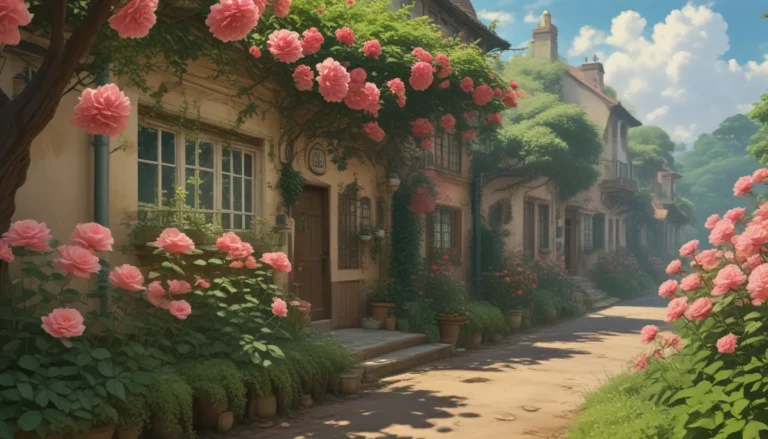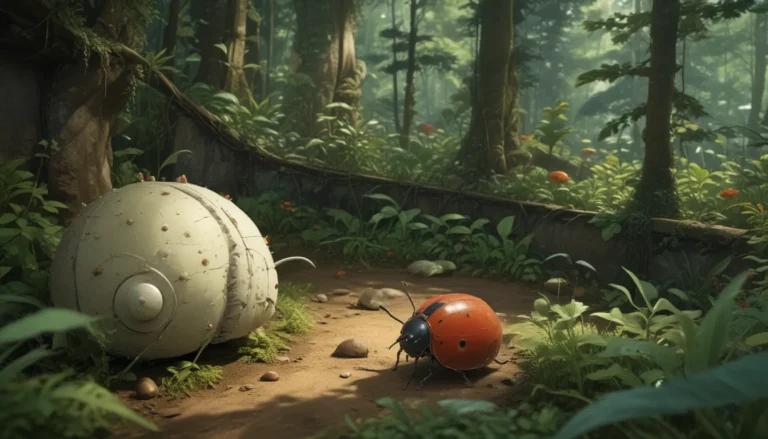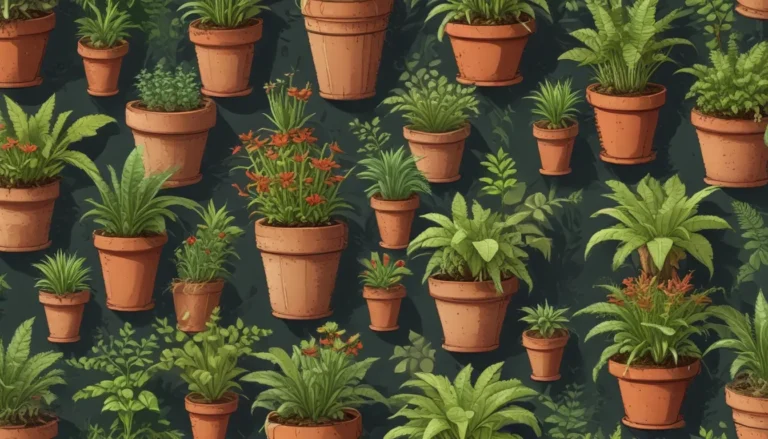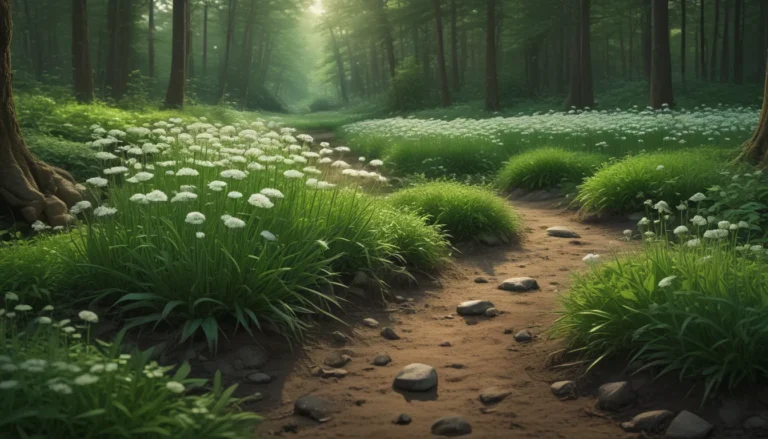Pests Begone! A Comprehensive Guide to Chestnut Tree Pest Management
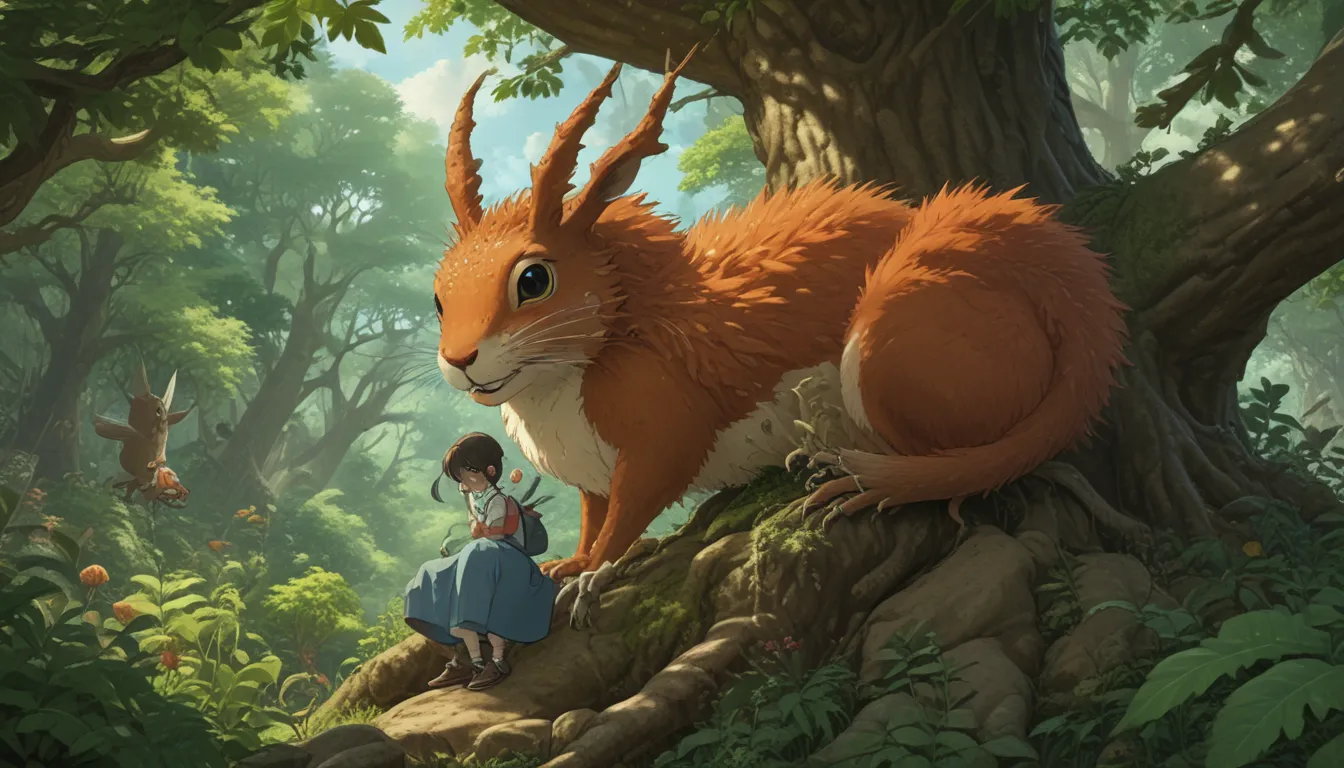
So, you’ve decided to embark on the journey of growing your very own chestnut trees. Maybe you already have some majestic trees in your backyard, or perhaps you’re just starting out. Either way, ensuring the health and productivity of your chestnut trees is crucial if you want them to flourish and yield bountiful nuts in the future.
Unfortunately, a variety of pests, ranging from insects to larger critters, may pose a threat to your precious chestnut trees. These pesky invaders may have their sights set on your tasty nuts, leaves, or wood, or they may be seeking a cozy spot to lay their eggs. But fear not, dear reader – we’ve got you covered!
In this in-depth guide, we will delve into the world of common chestnut tree pests, providing you with valuable information on how to identify, prevent, and manage these unwelcome visitors. From larger herbivores to tiny weevils, we’ll cover it all to ensure your chestnut trees remain healthy and thriving.
Getting to Know Your Pests
Let’s start by introducing you to the top five common pests that you may encounter in your chestnut orchard:
1. Larger Herbivores and Omnivores
Deer, squirrels, chipmunks, wild turkeys, bears – the list of potential chestnut-loving culprits is endless! These creatures can wreak havoc on your trees by feasting on the delectable nuts and leaves, causing significant damage in the process.
Preventative Measures:
– Install protective fencing around your garden to keep out deer and other animals.
– Utilize wire cages or electric fences to safeguard young trees.
– Harvest chestnuts promptly to prevent animals from pilfering your crop.
2. Aphids
These tiny insects can be a nuisance for chestnut trees, especially the European variety. The sweet chestnut aphid, in particular, can pose a threat to your trees by feeding on their sap and foliage.
Preventative Measures:
– Use a strong stream of water to dislodge aphids from small saplings.
– Practice good garden hygiene to discourage infestations.
3. Asian Chestnut Gall Wasps
Considered a significant pest of chestnuts worldwide, these tiny wasps can wreak havoc by creating galls on the leaves and buds of your trees. Early detection is key to managing these pesky invaders.
Preventative Measures:
– Monitor your trees for signs of galls and destroy affected plant matter.
– Consult with your local extension agent for management recommendations.
4. Two-Lined Chestnut Borers
These wood-boring beetles can cause extensive damage to chestnut trees, especially those that are already stressed or diseased. Maintaining the health of your trees is crucial to preventing infestations.
Preventative Measures:
– Provide optimal care to your trees to minimize susceptibility to borers.
– Avoid stressors that may weaken the trees and attract these pests.
5. Weevils
These pesky insects can infest chestnut nuts, causing crop losses and damage. Good sanitation practices and vigilant monitoring are essential for managing weevil populations.
Preventative Measures:
– Harvest nuts promptly to prevent weevil infestations.
– Dispose of infested nuts properly to prevent further infestations.
Creating a Pest-Resistant Environment
While it may be challenging to completely eradicate these pests, creating a healthy ecosystem for your chestnut trees can go a long way in preventing infestations. By providing your trees with ample sunlight, water, and care, you can bolster their natural defenses and reduce their susceptibility to common pests.
Remember, a well-maintained orchard is a happy orchard! Stay vigilant, practice good garden hygiene, and be proactive in monitoring and managing pest populations to ensure the continued health and productivity of your chestnut trees.
Have you faced any of these common foes in your chestnut orchard? Share your stories and tips in the comments below!
For more information on growing nut trees at home, check out these helpful guides:
– How and When to Prune Almond Trees
– How to Manage Root Rot in Fruit, Nut, and Landscape Trees and Shrubs
– How to Grow and Care for a Macadamia Nut Tree
Let’s join forces to protect our beloved chestnut trees from harm and create thriving orchards for generations to come! Happy gardening!

